The Ultimate Guide to Planning a Long-Distance Hike
Posted by Andy Neil on Mar 16, 2023
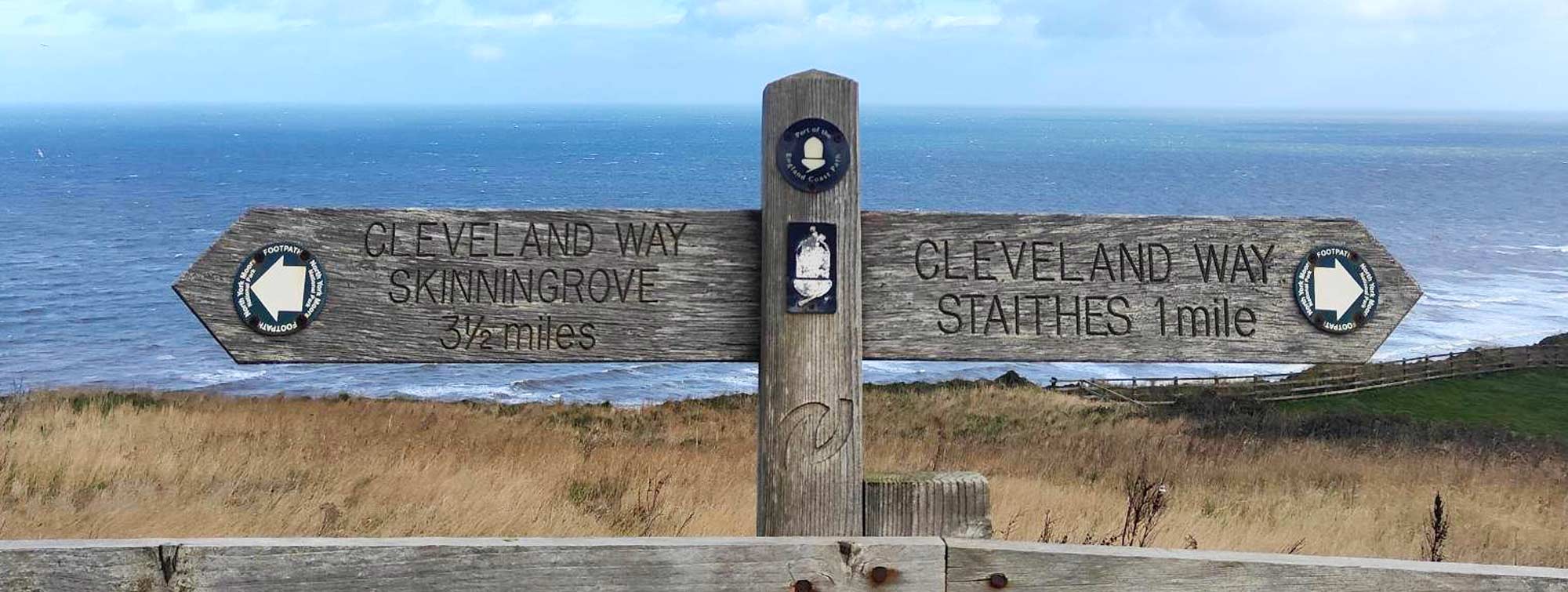
For me, there is no greater feeling than standing at the start of a national trail or standing in the sea, ready to make a coast-to-coast crossing or, for the truly intrepid, embarking on a multi-day journey that you, yourself, have devised.
If the West Highland Way or Wainwright’s Coast to Coast have long been an ambition of yours, but the logistics of such a mammoth task leave you feeling overwhelmed, or perhaps you have completed one of the National trails and want to challenge yourself further, then this guide will hopefully help to put your mind at ease and help break down how to accomplish your ultralight long-distance walking goals.
I will primarily be discussing hiking routes here in the UK, but if you are planning a journey further afield, for example, The Tour Du Mont Blanc or the El Camino de Santiago, you will still find lots of relevant information.
Choosing a Path
The National Trails
The UK Is blessed with several official long-distance walking paths; England and Wales boast 16 National Trails between them. The official website listing them all can be found here. These include famous trails such as the Pennine way and, the most recent addition to the National trails, The Coast to Coast. Scotland has an impressive 29 “Great trails”. A list of them all can be found here.
Walking a National Trail is the perfect introduction to someone new to ultralight long-distance walking; you can expect the trail to be (reasonably) well maintained, well signposted or “waymarked” with a few facilities on the way - though this may not always be the case, especially in the more remote sections of Scotland. Official books and maps will usually be available for most of the longer trails, which will help you stay on track (with the use of a compass and or a GPS) and will be packed full of information on local flora, fauna and history, as well as places to stay, eat and drink.
Other Long-Distance Trails
Of course, many other trails can be hiked here in the UK. If you are looking for more of a challenge or perhaps something closer to home, it’s worth looking at the long-distance walker’s association here. Some of the more infamous paths, such as the Cape Wrath Trail, Cambrian way or the Land’s End to Jon o’ groats path, are often not on a path. They will summit some of the UK’s highest peaks and require good navigational skills. These trails can be an incredibly rewarding challenge but may require a higher level of physical fitness and can be much more isolating. You can go days without seeing another soul, liberating to some but lonesome to others. The more remote paths require you to carry more gear, especially food, as you may not go through as many towns to resupply.
Forging your own Path
Sitting down, map in front of you, and working out your own route can be an incredibly rewarding, yet challenging task. Not something I would recommend to someone new to long-distance walking, as good navigational skills are a must. I have mapped a coast-to-coast crossing of Scotland for The Great Outdoor Challenge (commonly called the TGO) and will do so again for this year’s challenge. You get to pick the places you visit, the mountains you summit, and the forests you wish to explore. You are also accountable if things go awry. The ordinance survey mapping app is a fantastic tool for those wishing to map their route.
Making an Itinerary
Once you have chosen your path, having an idea of how many days and what distance per day you wish to/can walk is a priority. Most trails will have an itinerary, a day-by-day guide on how far you will walk each day and that day’s endpoint. They usually provide you with 5 or 6 different itineraries to help you decide what best suits you. This helps when looking into accommodation.
This can be a bit of a balancing act and take a little practice; overestimate yourself, and you may find that some of the long days you have planned become impossible to keep up with. On the other hand, underestimating yourself can result in you twiddling your thumbs outside of your accommodation at 12 o’clock in the afternoon, having already hiked 11 miles by lunchtime.
If you plan one of the longer trails, such as The Cape Wrath, having a rigid itinerary will not serve you well, plans can change quickly. Knowing where you will stay each night is good practice, but the weather may force you to make camp early. You may unexpectedly find a pub with camping facilities or find the perfect wild camping spot and decide it’s too good to pass. A degree of flexibility is essential, especially in more remote places.
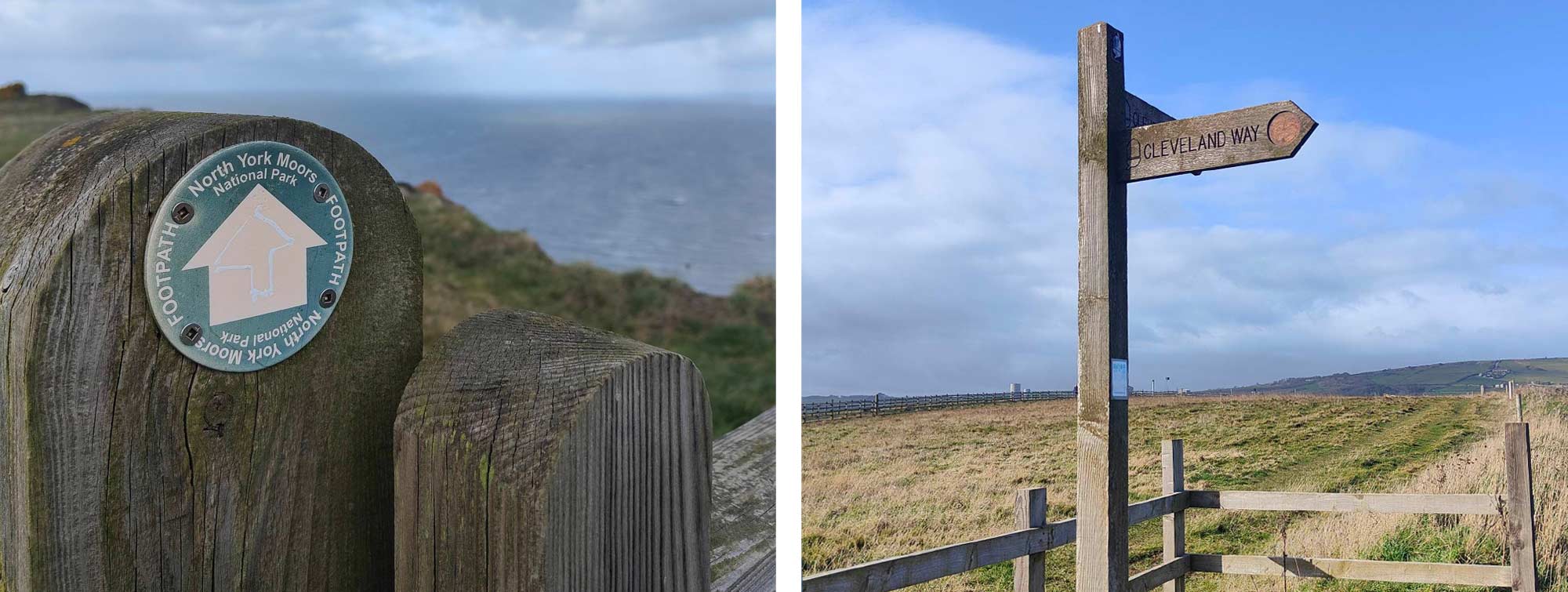
Safety
Check-in Point
Whether you are travelling solo or you are in a group, it is still a good plan to have someone back at home who is keeping an eye on your progress and safety. Pre-arranging some check-in points along the trail is a good plan; ideally, a text or a phone call a day. Wi-Fi is often more available than a phone signal, especially in pubs and cafes, but you cannot always rely on it; if you know you are heading somewhere without a phone signal, it’s important to let someone know you may not have a signal for a few days, better yet look into the possibility of purchasing a satellite communications device.
Accommodation
Once you know where you will be stopping, you’ll need somewhere to stay for the evening. Some of the more well-trodden paths, such as the West Highland way, have accommodations along the trail. Others are not as well facilitated, and you may have to walk a few miles “off trail” to get to your chosen accommodation.
B&B’s and Hotels
A nice “real” bed to sleep in and a hearty breakfast is the best start you can have to any day, especially if you plan on walking 15 or so miles that day. You can recharge your batteries figuratively and literally, charging your phone or battery pack. You may be able to get an evening meal, or you may be staying above a pub, so you can enjoy some refreshments. You can even have a shower! However, they can be expensive, especially if you are on a budget, and you will be hard-pushed to find one every night along the Pennine way. Still, if the weather has been unexpectedly foul or you need to charge your phone, they can be a brilliant place to bed down for the night.
Youth Hostels and Bunkhouses
Fantastic places to stop, generally cheaper (though not by much) than B&Bs; they will be full of outdoorsy people. You may find yourself staying in a room full of strangers, but in my experience, they are often as keen to get a good night’s kip as you are. Again, you can charge your phone and shower; some often have drying rooms so that wet gear can dry the next day.
Bothies
Not as prevalent in England and Wales as in Scotland, Bothies are simple shelters, usually without electricity, that you can take shelter in for the night. Especially useful in bad weather, bothies are usually unmanned and free to stay in. You could have the bothie completely to yourself or be sharing it with an entire Scottish rugby team (that was a brilliant night lads, I still owe you for the beers); there is no way to tell. A word of advice, hang your food out of the reach of mice, as you could discover your dehydrated breakfast has been munched in the night. If “bothying” is something you wish to try, Cicerone’s “ The book of the bothy ” is a wise investment.
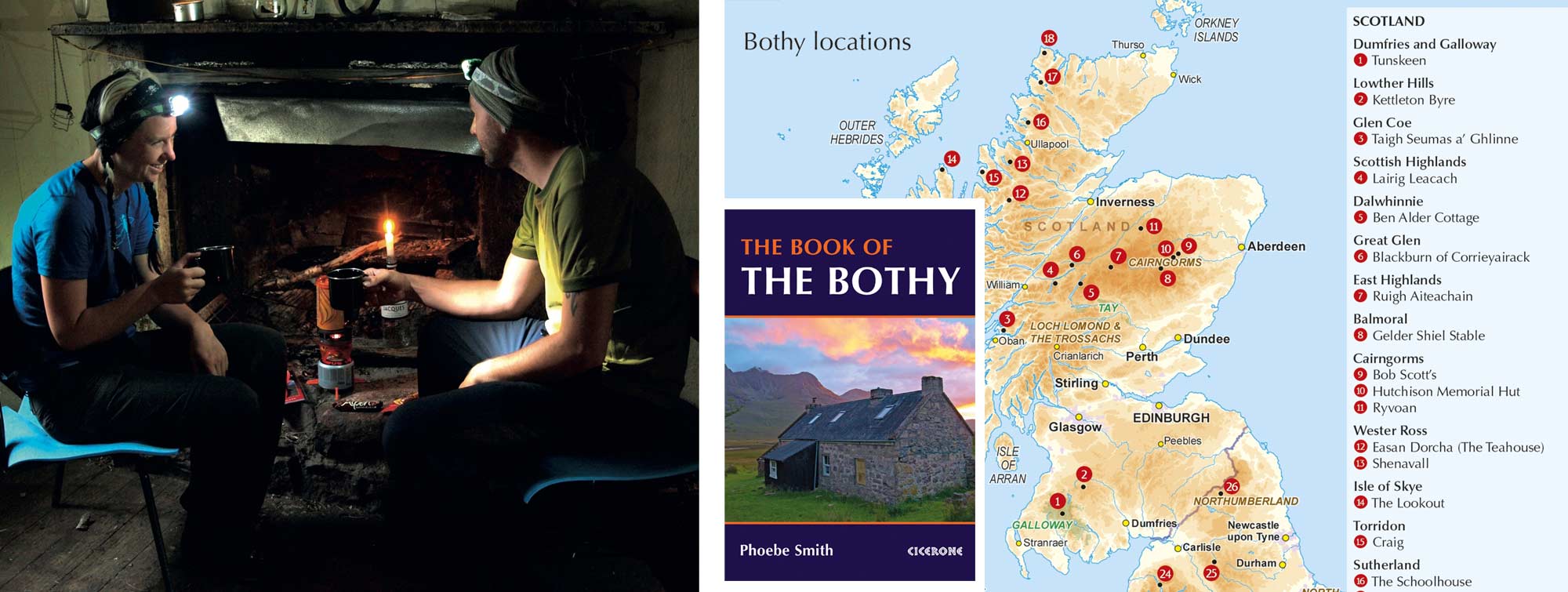
Campsites
More often than not, a campsite will be your accommodation for the night; they could have excellent facilities, be a simple field or even, essentially, be just a pub car park. They will be much cheaper than a hotel or hostel but require you to bring a tent. Most long-distance trails will not have a hotel/B&B/ hostel or bothy at the end of every day, so bringing a tent is essential.
Wild Camping
Personally, a long-distance trail without at least one night of wild camping is disappointing. There is no better feeling than waking up in nature; it’s free to do, you can stay right on the trail, and you can be flexible when and where you stop. It will be necessary to wild camp on specific trails, as you won’t find any other accommodation. Scotland’s Right to Roam means wild camping is permitted in most of Scotland; however, it is currently illegal to wild camp in England, though it is overlooked in certain areas. Fires should only be lit in a survival situation. Leave NO trace is the wild campers’ mantra.
Familiarising yourself with the Trail
So, you have picked your trail, know where you are staying, and perhaps have even started booking some of your accommodation; it’s time to start familiarising yourself with the trail.
Your first port of call should be the Cicerone guidebooks and the Harvey Map of your chosen route. These will give you a wealth of information, not just on the route and the elevation of that day’s walking, but information about places to stay, the history and natural history of the area you are walking through, as well as bus timetables and information on getting to and from the start of the walk. They are an essential bit of kit on and off the trail. As stated above, the ordinance survey mapping app is a brilliant way to familiarise yourself with your route. On your computer, the OS map has the ability to “fly through” the trail, so you get a 3D representation of your path; this is an incredibly helpful tool that gives a real insight into what you have let yourself in for.
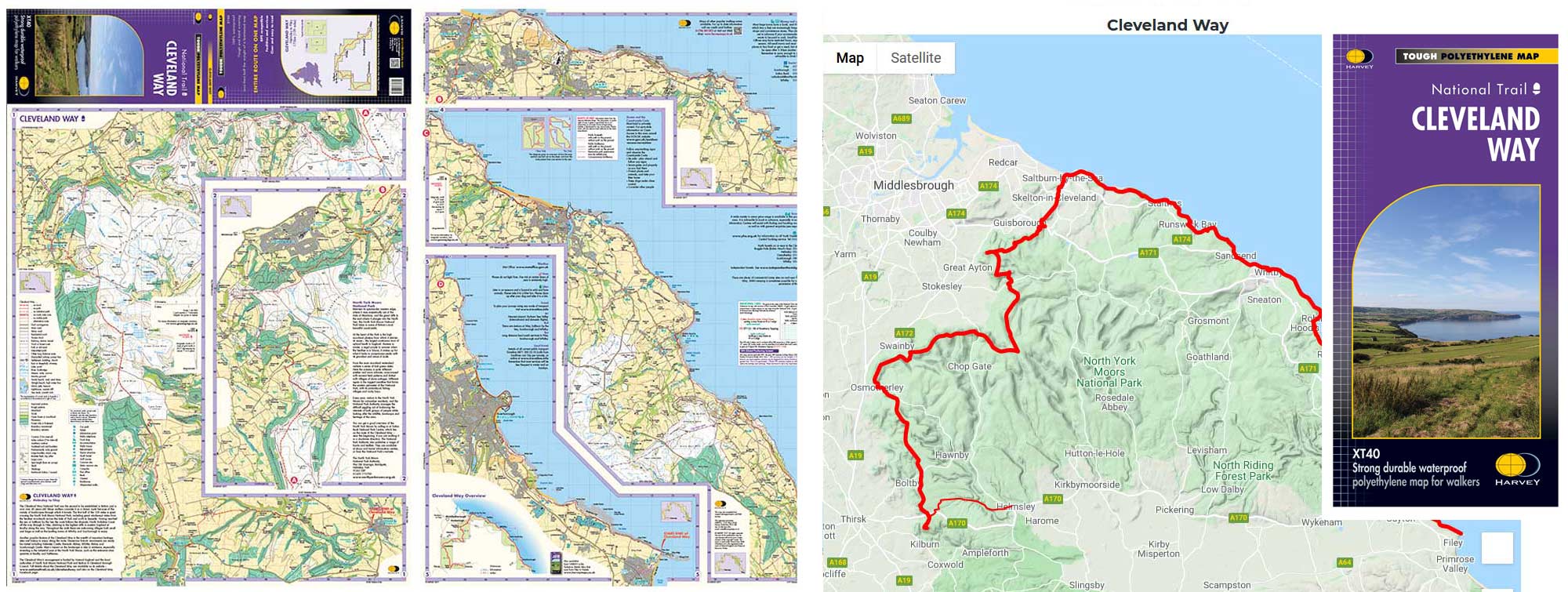
Navigation
While we are talking about Guide books, maps and online mapping tools, it’s probably a good idea to talk about navigation on the trail.
Map and Compass
The most reliable navigation tools, your map and compass should accompany you on any long-distance walk. It’s a good idea to familiarise yourself with how to use these tools before you set off. Plenty of YouTube videos will help you understand the basics, but there is no better way to learn than with some practical experience, I’d suggest going out with someone experienced in navigation to learn from and/or join a local walking group whose knowledge and often an eagerness to help others, can be invaluable.
Dedicated GPS Devices and Satellite Communication
Although they tend to be expensive, a dedicated GPS device works very much like a mobile phone; they still need to be charged up, so a battery pack is still a necessity, and most require a subscription to use so the cost can add up. However, some satellite communication tools, such as the Garmin InReach Mini, are a fantastic way to keep in touch with loved ones back home if you know you will be in an area with no mobile phone signal. They can send prewritten messages and also have an SOS feature that can be activated, and help will come. Not something I would take on the West Highland way, but I would definitely take on the Cape Wrath Trail, where you could be without a signal for days.
Gear
I will not list every item you need on a long-distance trek here, but you can find my extensive gear list here, which has everything I took on my last coast-to-coast crossing of Scotland, down to the Biodegradable toilet roll. Weight is your main enemy here; trying to keep it down to a reasonable level is essential. However, if you are brand new to long-distance walking, getting all the gear in one go will be expensive. This is a prosses; your gear will evolve as you gain experience and miles under your belt.
Water
Water is obviously a necessity every day, and it’s even more important to keep yourself well hydrated when you are exerting yourself, walking mile after mile. However, water is one of the heaviest items you will carry; one litre weighs 1 kilogram. You can easily use five litres of water on a hot day, especially if you are planning on rehydration for an evening meal, it’s impractical, and it also will be uncomfortable to carry this much water every day. Looking at your route, checking what towns you will travel through, and the pubs and cafes you will pass can help you manage your water. Personally, I would never want to carry more than two litres of water. A water treatment method, such as a filter or Purification tablets, is incredibly useful and can eliminate the need to carry litres and litres of water, dramatically saving weight. It’s still important to check where you can source water along the path, especially in summer when streams can no longer flow, and you need to be careful around the water near farms. I am very happy to filter water higher up and in remote places; however, on a farm and coastal land, I prefer water from a tap.
Food
Food is fuel, and you’ll need a lot of fuel to keep moving day after day. It’s impractical to carry a week’s worth of food at a time (though sometimes unavoidable), not to mention that much food will be incredibly heavy. Knowing the “big” towns (if any) you will be passing and what facilities you can resupply from will help you plan how many days of food you must carry.
Dehydrated meal packets are low bulk, lightweight and packed with calories and are the perfect thing to keep you going mile after mile; even if I plan on resupplying from shops, I always carry a few dehydrated meals in case of an emergency, but in an ideal world I will usually have a dehydrated breakfast, a light lunch and a dehydrated main meal on an evening.
Something to graze on when your blood sugar is low and your energy levels are down should always be close at hand; chocolate, boiled sweets, and jerky are all favourites of mine.
If you are away for more than a week, it’s a good idea to contact a youth hostel or B&B you plan on staying at and send yourself a resupply box, fill it with dehydrated meals, snacks, and luxuries you may not find in the wild.
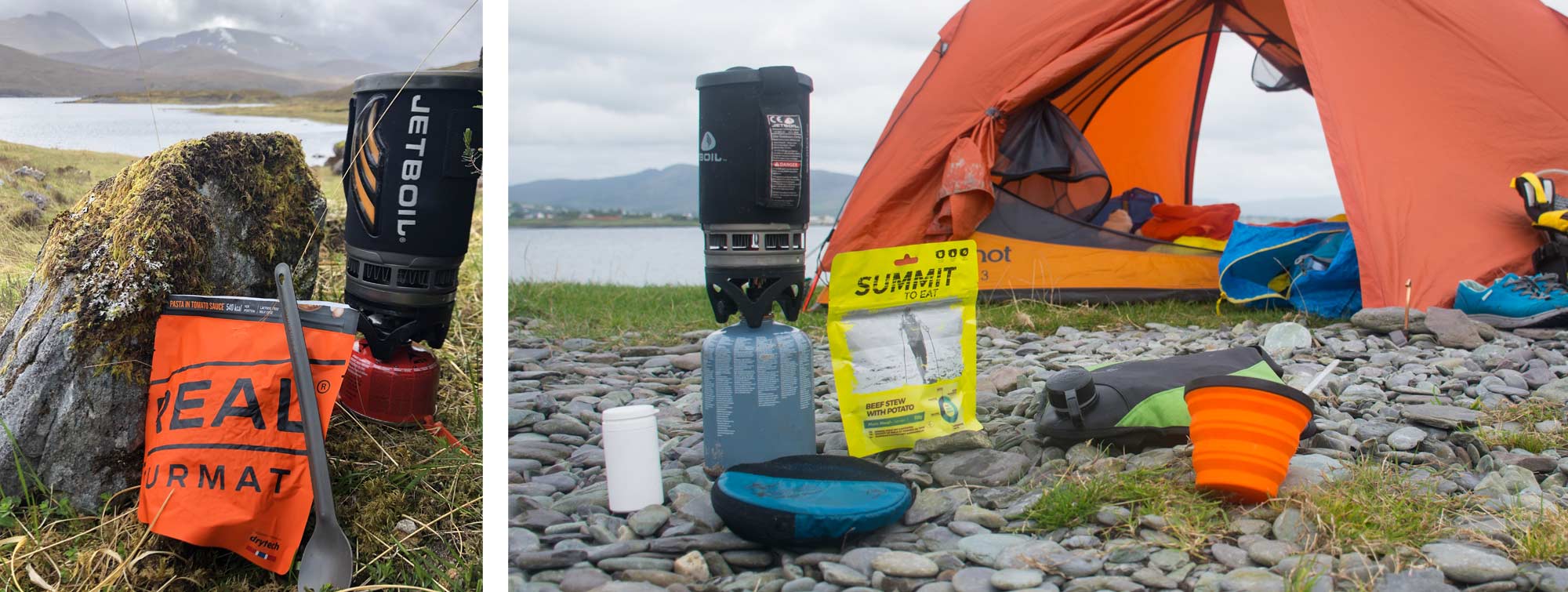
Power
Keeping your electronics topped up is essential, and the best way to do that is with a power bank or two. I find a 20,000 mAh bank can keep me going for around five days- to a week, generally; however, I will have probably stayed in at least one hostel, so will have charged the power bank up at some point.
Small portable solar panels are available; I would only use a solar panel in conjunction with a battery pack, not in place of one, especially here in the UK.
Preparation
The best way to get physically prepared for a long-distance walk is to…walk. Getting used to the pack on your back and the extra weight you will be carrying can be a real shock to some people (this is why keeping the weight as low as possible is so important), so it’s a good idea to start doing some training hikes with your pack, with the intention of doing a camp at some point. This lets your body acclimatise to the extra weight, but it also gives you a chance to test and use your gear and makes sure it not only works but suits the style of hiking and camping that works best for you. You don’t want to be working out how to erect your tent and freezing in your inadequate sleeping bag on day one on the Cleveland way; take time to get used to your gear and how to use it.

|
||
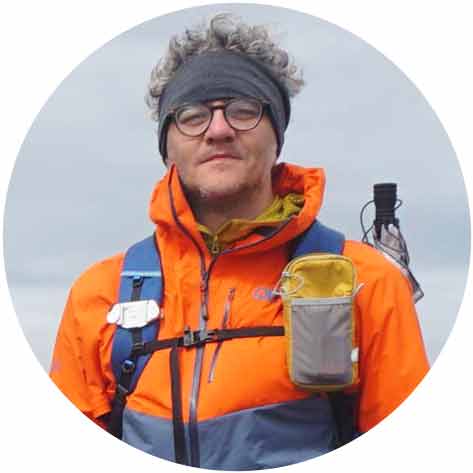 |
||
|
Andy Neil |
||
|
Andy has been a keen long-distance hiker and wild camping enthusiast since he completed the Cleveland Way in 2015. Since then, he has walked thousands of trail miles all over the UK and is an active member of the Wild Camping UK community, being an admin of the largest wild camping community on Facebook. He strongly advocates for responsible wild camping and believes it is important to leave no trace when camping in the wilderness. He joined the UOG team in 2021 and works as a website developer and content creator. |
||
